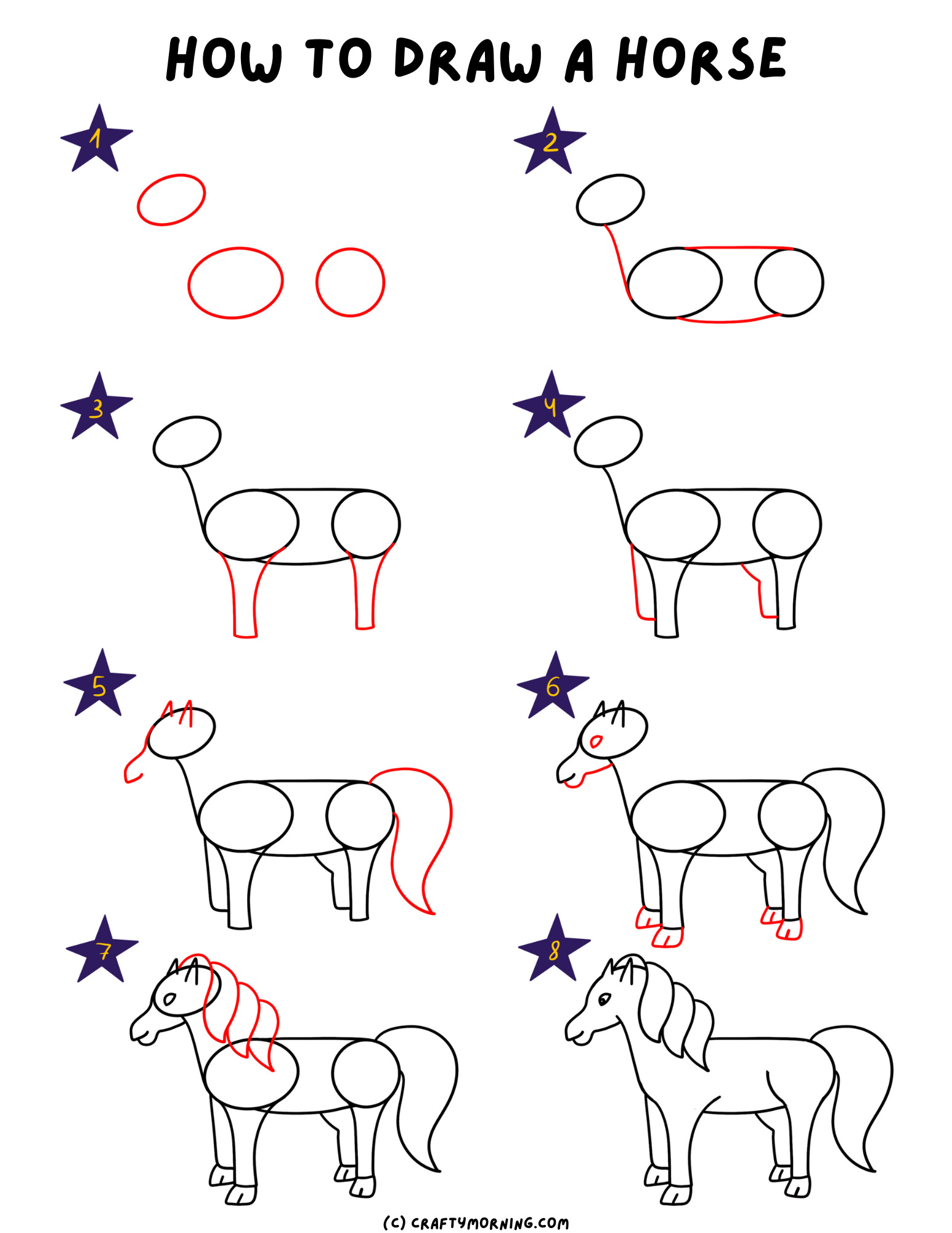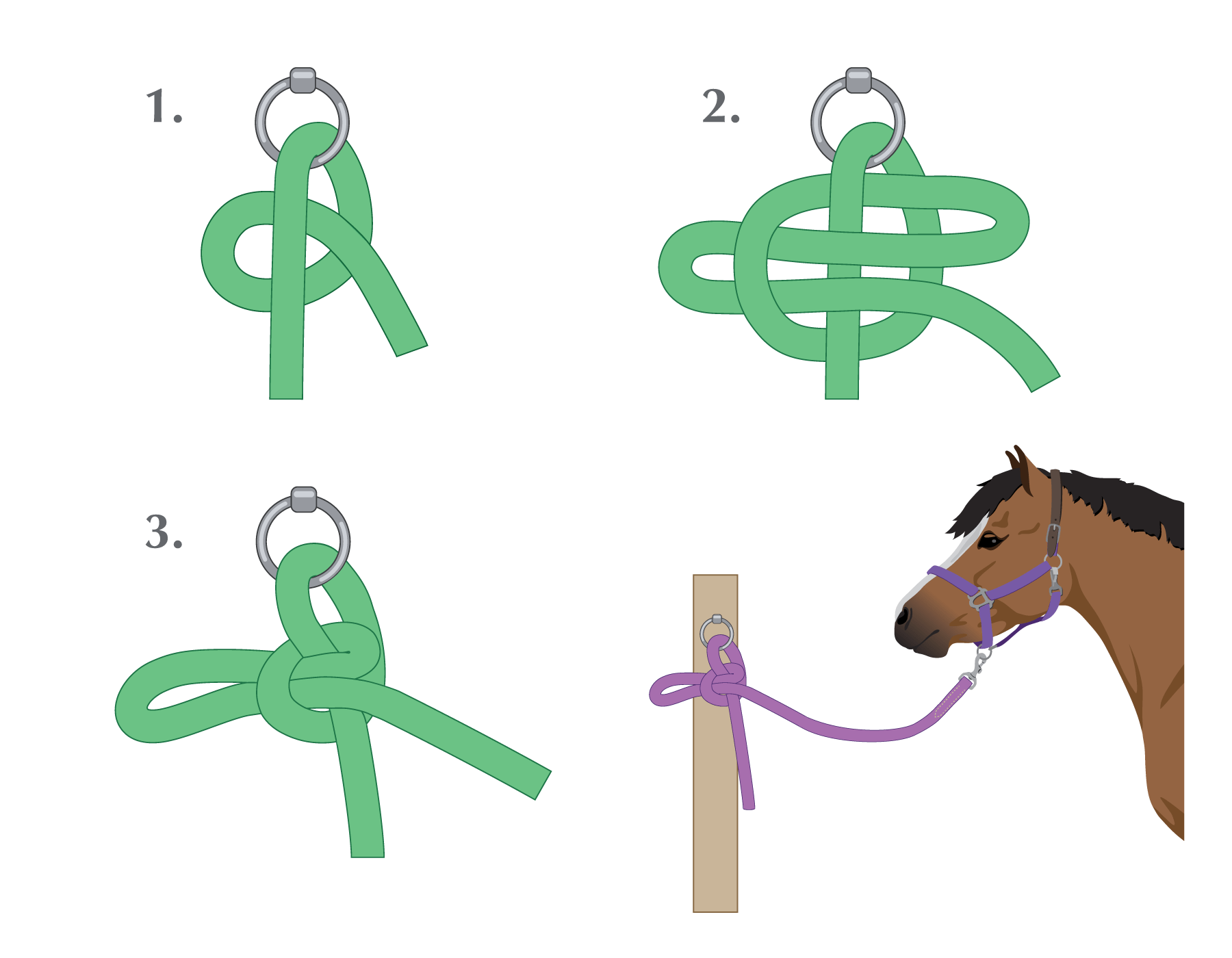Horses have been used for various purposes for centuries, and one essential skill every horse owner or handler should learn is tying a proper horse knot. Whether you are securing your horse to a hitching post, trailer, or simply tying them for grooming or veterinary care, knowing how to tie a secure and safe knot is essential for the well-being of both the animal and the handler. In this comprehensive guide, we will explore the various types of horse knots, their specific uses, and the step-by-step instructions to tie them effectively.
The Importance of Tying Horse Knots

Properly tying a horse is crucial for the safety of the animal, the handler, and those around them. A poorly tied knot can result in the horse breaking free, causing injury to themselves or others, or damage to property. Additionally, a horse that is not securely tied may become anxious or agitated, leading to unpredictable behavior that can endanger everyone in the vicinity. Therefore, understanding the different types of horse knots and knowing when and how to use them is an essential skill for anyone involved in handling horses.
Types of Horse Knots
There are several types of knots that are commonly used in the equestrian world, each serving a specific purpose based on the situation and the temperament of the horse. Some of the most common types of horse knots include the quick release knot, the bowline knot, the slip knot, and the figure-eight knot. Each knot has its unique characteristics and advantages, making them suitable for different scenarios.
The Quick Release Knot
The quick release knot, also known as the quick-release hitch, is a valuable knot to use when tying horses, especially in emergency situations. This knot allows for quick and easy release, making it an ideal choice when you need to secure a horse but might need to release them rapidly, such as in the case of an emergency or when unloading from a trailer. The quick release knot is designed to hold the horse securely but can be untied swiftly by pulling on the free end of the rope.
The Bowline Knot
The bowline knot is often referred to as the king of knots due to its strength and reliability. It is a secure knot that does not slip or bind under strain, making it an excellent choice for tying horses in situations where a strong, non-slipping knot is required. The bowline knot is also relatively easy to untie, even after being subjected to a significant amount of weight or pressure, making it a practical choice for various horse-handling scenarios.
The Slip Knot
The slip knot, as the name suggests, is a knot that can be easily loosened and adjusted when necessary. It is a versatile knot that allows for quick and straightforward adjustments, making it suitable for situations where you may need to change the length of the lead rope or untie the horse swiftly. While the slip knot may not be as secure as some other knots, it is an excellent choice for temporary or quick tying needs.
The Figure-Eight Knot
The figure-eight knot is a simple and effective knot that is commonly used in horse handling. It is easy to tie and untie, making it a practical choice for various tying situations. The figure-eight knot is especially useful for securing horses when grooming, tacking up, or for other short-term tying needs. While it may not be as secure as some other knots, it is a straightforward and reliable option for many equestrian tasks.
How to Tie a Horse Knot

Tying a horse knot requires a combination of knowledge, skill, and practice. It is important to understand the specific characteristics of each knot and when to use them appropriately. Here are the step-by-step instructions for tying some of the most commonly used horse knots:
Tying a Quick Release Knot
1. Begin by forming a small loop in the rope, leaving a long tail hanging down.
2. Pass the tail end of the rope around the hitching post or attachment point and bring it back through the loop.
3. Wrap the tail end of the rope around the standing part of the rope in a clockwise direction, creating a coil.
4. Pass the tail end of the rope through the loop from underneath, forming a second loop.
5. Pull the tail end of the rope to tighten the knot, ensuring that the coils remain intact and secure.
6. To release the quick release knot, simply pull the free end of the rope, and the knot will come undone easily.
Tying a Bowline Knot
1. Create a small loop in the rope, leaving a long tail hanging down.
2. Pass the tail end of the rope up through the loop, around the standing part of the rope, and back down through the loop, forming a second loop.
3. Pass the tail end of the rope behind the standing part and up through the first loop.
4. Tighten the knot by pulling the tail end of the rope and the standing part in opposite directions, ensuring that the knot is secure.
Tying a Slip Knot
1. Begin by forming a small loop in the rope, leaving a long tail hanging down.
2. Pass the tail end of the rope through the loop, creating a simple overhand knot.
3. Pull the tail end of the rope to tighten the knot, ensuring that it can be easily adjusted when necessary.
Tying a Figure-Eight Knot
1. Create a loop in the rope, crossing the tail end over the standing part of the rope.
2. Pass the tail end of the rope behind the standing part and up through the loop, creating the figure-eight shape.
3. Tighten the knot by pulling the tail end and the standing part in opposite directions, ensuring that the knot is secure.
If you’re looking to expand your knowledge of horse care and handling, our articles on tying horse knots, braiding horse manes, and brushing horses can provide valuable insights and tips for your equine companions.
Conclusion

Tying a proper horse knot is an essential skill for anyone involved in handling horses. By understanding the different types of horse knots, their specific uses, and the step-by-step instructions for tying them effectively, you can ensure the safety and well-being of both the horse and the handler in various equestrian scenarios. Whether you are securing your horse for grooming, veterinary care, or transportation, knowing how to tie a secure and safe knot is a fundamental aspect of responsible horse ownership and handling. With practice and proper knowledge, you can master the art of tying horse knots and contribute to the safety and welfare of these magnificent animals.



